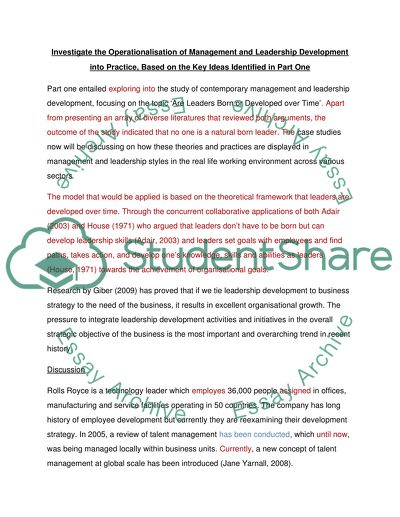Cite this document
(“Management and Leadership development (Are leaders born or made) Essay”, n.d.)
Retrieved from https://studentshare.org/family-consumer-science/1421219-management-and-leadership-development-are-leaders
Retrieved from https://studentshare.org/family-consumer-science/1421219-management-and-leadership-development-are-leaders
(Management and Leadership Development (Are Leaders Born or Made) Essay)
https://studentshare.org/family-consumer-science/1421219-management-and-leadership-development-are-leaders.
https://studentshare.org/family-consumer-science/1421219-management-and-leadership-development-are-leaders.
“Management and Leadership Development (Are Leaders Born or Made) Essay”, n.d. https://studentshare.org/family-consumer-science/1421219-management-and-leadership-development-are-leaders.


